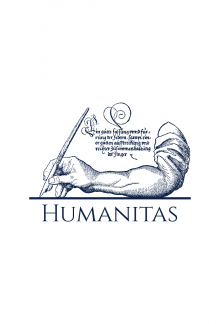- Titulinis
- Dalykinė ir mokslinė literatūra
- Technologijos mokslai
- Kitos technologijų mokslų knygos
- Computational Modeling in Biomedical Engineering and Medical Physics

Alin Dobre
Computational Modeling in Biomedical Engineering and Medical Physics
Balsavo 0
ISBN: 9780128178973
Autorius : Alin Dobre
Leidimo metai: 2020
Leidėjas: Academic Press
Leidinio kalba: Anglų
Formatas: Minkšti viršeliai
Formatas: 9.25×7.5
Autorius : Alin Dobre
Leidimo metai: 2020
Leidėjas: Academic Press
Leidinio kalba: Anglų
Formatas: Minkšti viršeliai
Formatas: 9.25×7.5
Kaina:
Šių parametrų produkto neturime
Likutis pakankamas
Iš leidyklos gausime per 3-5 savaitės. Galimas vėlavimas
Turime sandėlyje. Pristatymas Lietuvoje 1-4 d.d.
Iš leidyklos gausime per 3-5 savaitės. Galimas vėlavimas
Pristatymo sąlygos
Aprašymas
<p>Mathematical and numerical modelling of engineering problems in medicine is aimed at unveiling and understanding multidisciplinary interactions and processes and providing insights useful to clinical care and technology advances for better medical equipment and systems. When modelling medical problems, the engineer is confronted with multidisciplinary problems of electromagnetism, heat and mass transfer, and structural mechanics with, possibly, different time and space scales, which may raise concerns in formulating consistent, solvable mathematical models. </p><i> <p>Computational Medical Engineering </i>presents a number of engineering for medicine problems that may be encountered in medical physics, procedures, diagnosis and monitoring techniques, including electrical activity of the heart, hemodynamic activity monitoring, magnetic drug targeting, bioheat models and thermography, RF and microwave hyperthermia, ablation, EMF dosimetry, and bioimpedance methods. The authors discuss the core approach methodology to pose and solve different problems of medical engineering, including essentials of mathematical modelling (e.g., criteria for well-posed problems); physics scaling (homogenization techniques); Constructal Law criteria in morphing shape and structure of systems with internal flows; computational domain construction (CAD and, or reconstruction techniques based on medical images); numerical modelling issues, and validation techniques used to ascertain numerical simulation results. In addition, new ideas and venues to investigate and understand finer scale models and merge them into continuous media medical physics are provided as case studies. </p>
Atsiliepimai (0)
Palikite atsiliepimą
